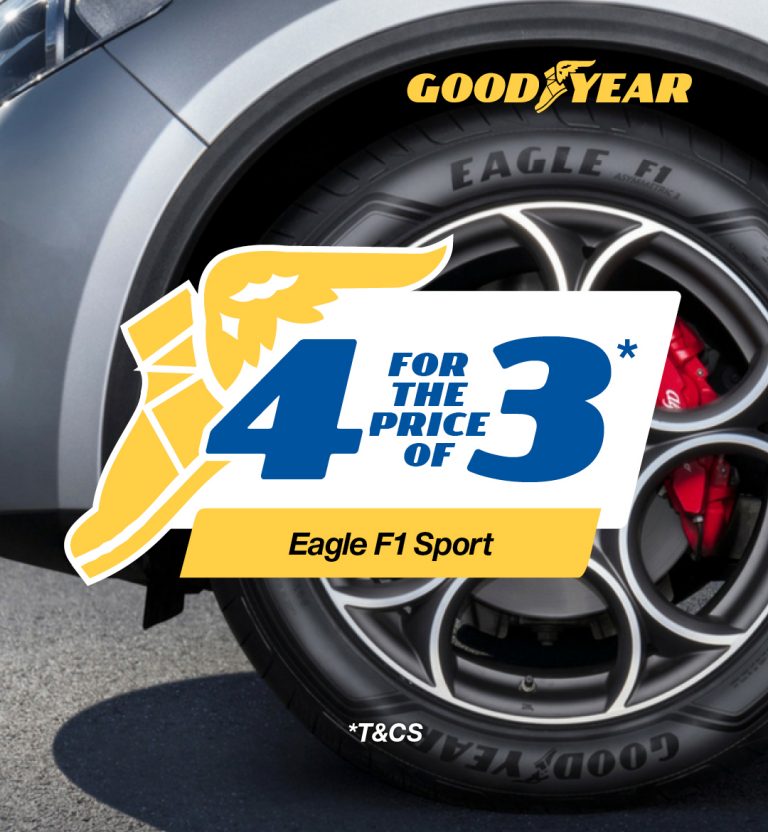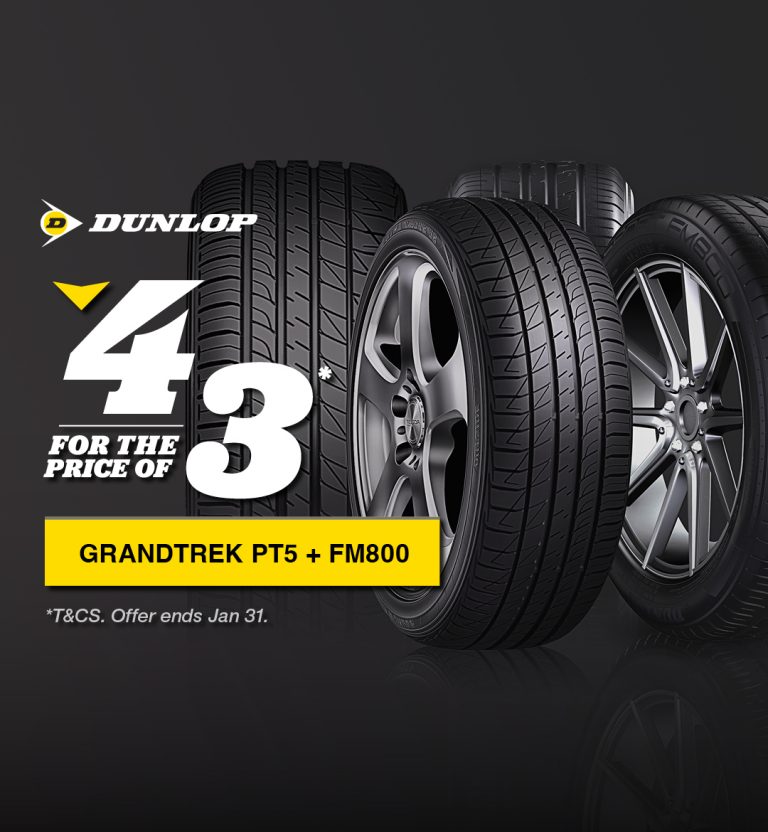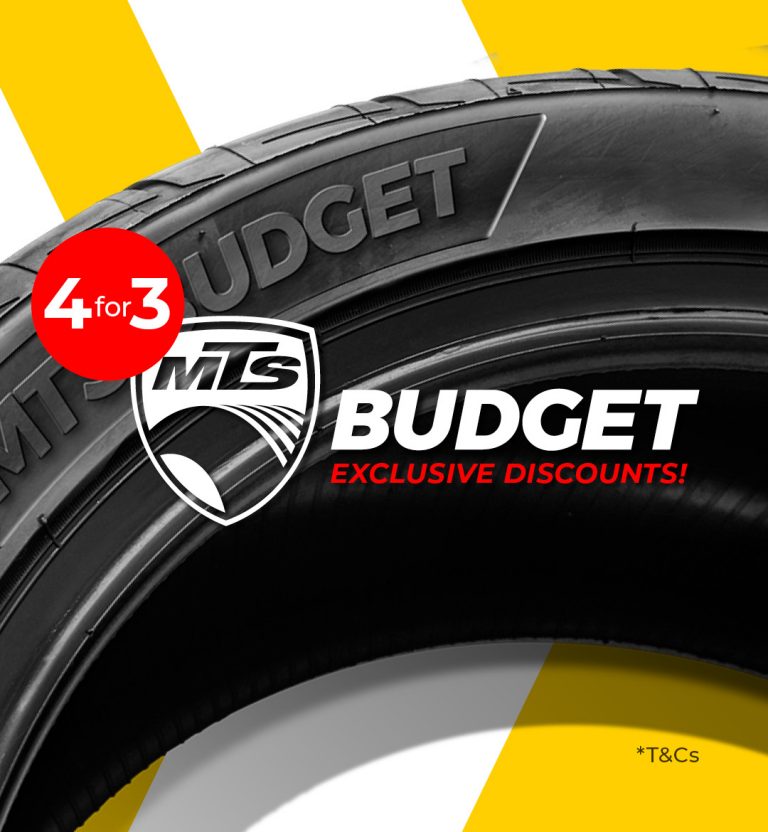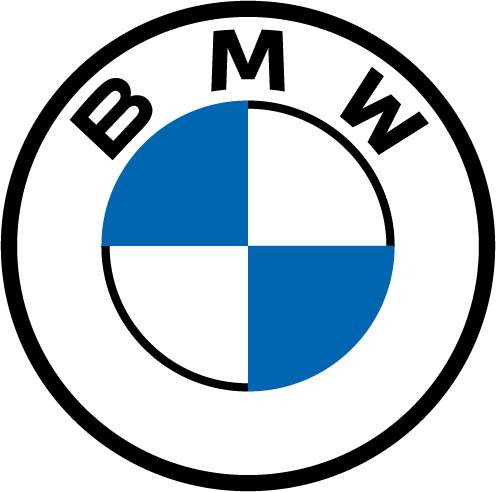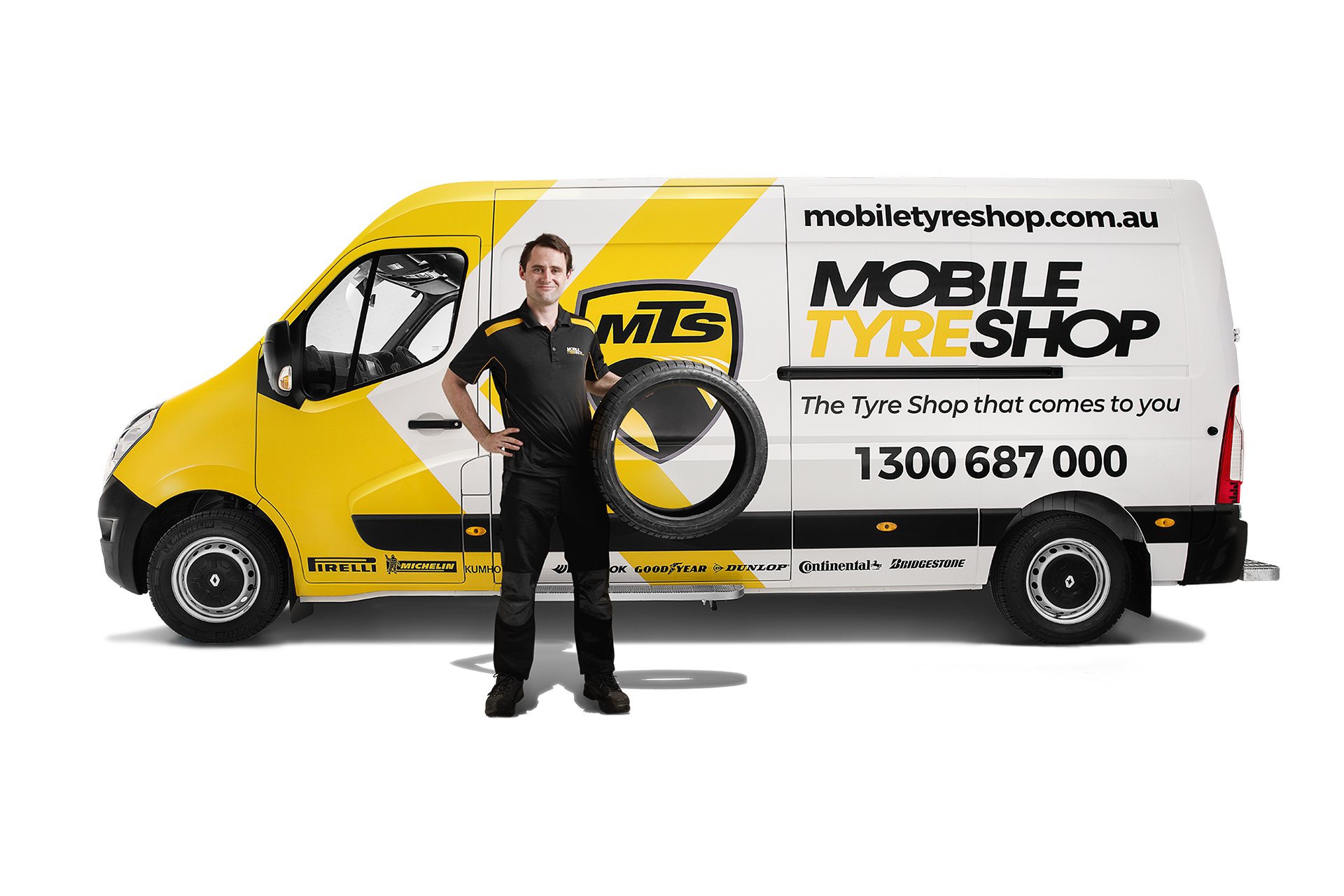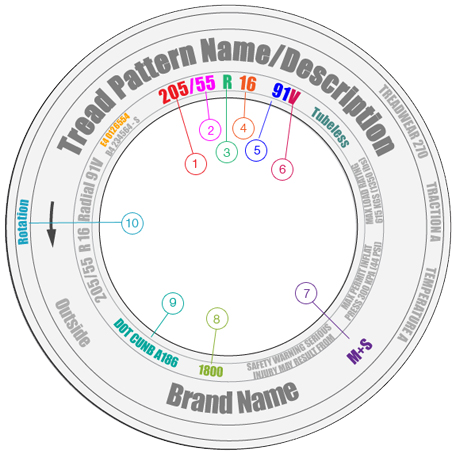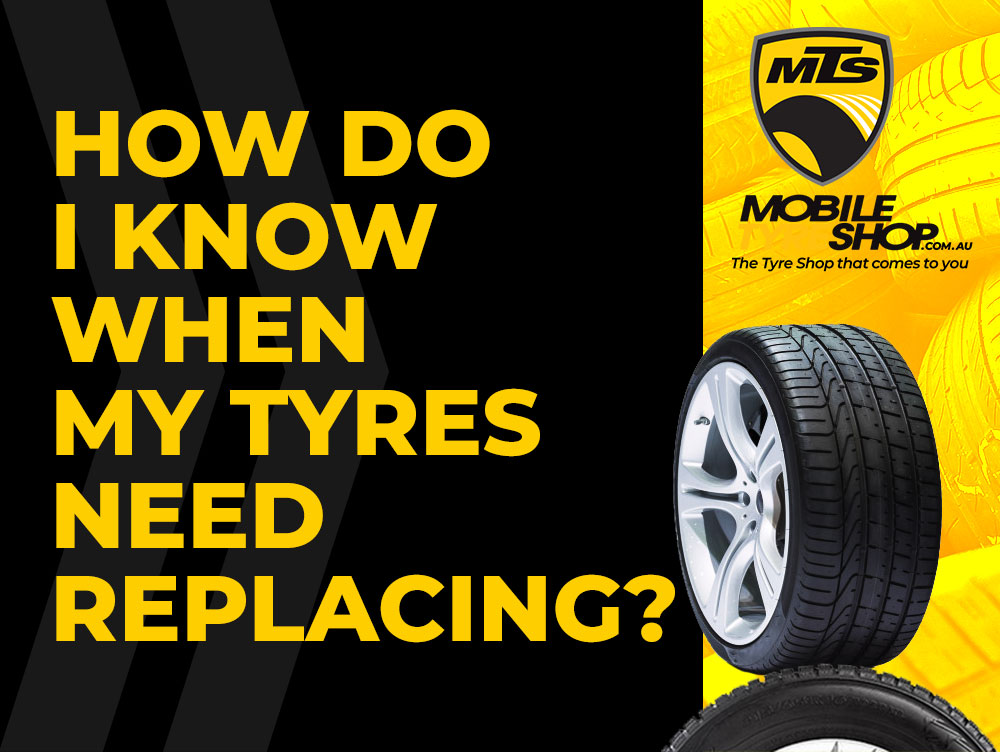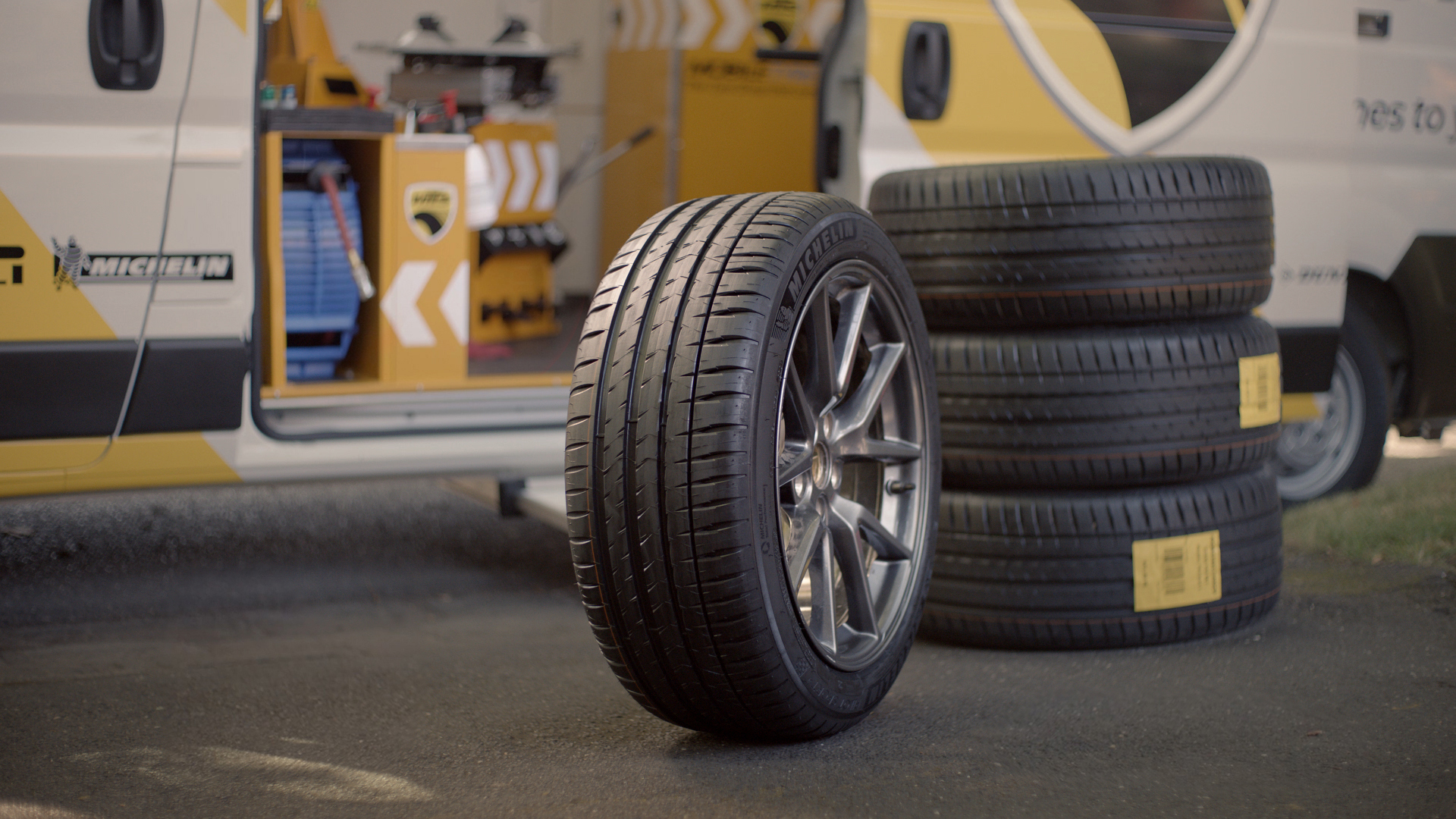How to find out your tyre size?
You might get away with wearing shoes that are a bit too big or small for you, but that’s not an option with tyres. When it comes to driving, your car needs to have tyres that are a perfect fit right down to the ground.
Mismatched or unequal tyres can:
- Lead to incorrect readings on your speedo.
- Affect your car’s steering, accelerating, braking and handling
- Make it take longer to accelerate, decelerate, and come to a complete stop.
As with shoes, tyres are available in a huge range of sizes. Unlike shoes, the same tyres are only available in a narrow range of sizes. Add to that the fact that most cars can be compatible with more than one specific size of tyre, and it’s clear that knowing whether a particular tyre is right for you can be a little confusing. That’s why being able to read tyre specifications is a handy thing to know. But don’t worry, it’s easy.
How to read your tyre size?
There’s a lot of science, maths and engineering that goes into creating car tyres. But for all the technicality and innovation, working out tyre sizes is pretty straightforward – and even quite interesting when you know what all the numbers represent. Here’s what to look for, where to look for it, and a topline explanation of what each of the specifications means.
Step 1: Finding your tyre specs
All the specifications you need to identify and choose a set of new tyres should already be on show inside your car. Start by looking in your vehicle owner’s manual and there you should see your car’s recommended tyre size plus their recommended inflation pressure, based on the original wheels your car drove out of the factory with. You should also be able to find those details on a metal placard attached to the inside of your driver-side door jamb.
But the most visible and up to date place to find tyre specifications – especially if your car no longer has the wheels it was originally fitted with – is on the sidewalls of your current tyres. They’re literally embossed into the rubber, so you can’t miss them.
Step 2: What do the numbers (and letters) mean?
The code that appears on the sidewall specifies a tyre’s dimensions, construction, speed rating and load-carrying capacity, in the following order:
Width
From sidewall to sidewall, the first three-digit number you see refers to the tyre’s width. For example, a 215/65 R15 tyre is 215mm wide.
Aspect Ratio
The two-digit number immediately after the forward-slash is called the Aspect Ratio – a percentage that reflects a tyre’s height divided by its width. So a 215/65 R15 tyre would have a height of 140mm – which is 65% of its width. The bigger the aspect ratio percentage, the taller the tyre’s profile. Off-road tyres tend to have high aspect ratios to give their vehicles a high vertical clearance from whatever their driving over, while high-speed performance tyres have a low number reflecting their low, road-hugging profile.
Construction
The capital R shown after the Aspect Ratio forward slash stands for Radial, which confirms that the tyre has radial ply construction – i.e. layers of steel bands or belts that run side to side across the tyre underneath the grooved rubber that meets the road.
Wheel Diameter
Shown in inches rather than millimetres, this number confirms the distance of the wheel rim from the farthest edge to the other that the tyre has been made to fit. For example, a 215/65 R15 tyre fits a wheel with a 15″ diameter.
Are you ready to roll?
Once you’ve got the tyre size and specifications you need, use our search tool to Find Tyres By Size now. Or, if you don’t have that info but your car still has its original rims, you can search by your number plate.
You’ll find great brands at great prices, all ready to be delivered to you at home, or work – or just about anywhere, professionally fitted and balanced by our experienced tyre specialists. Too easy.

